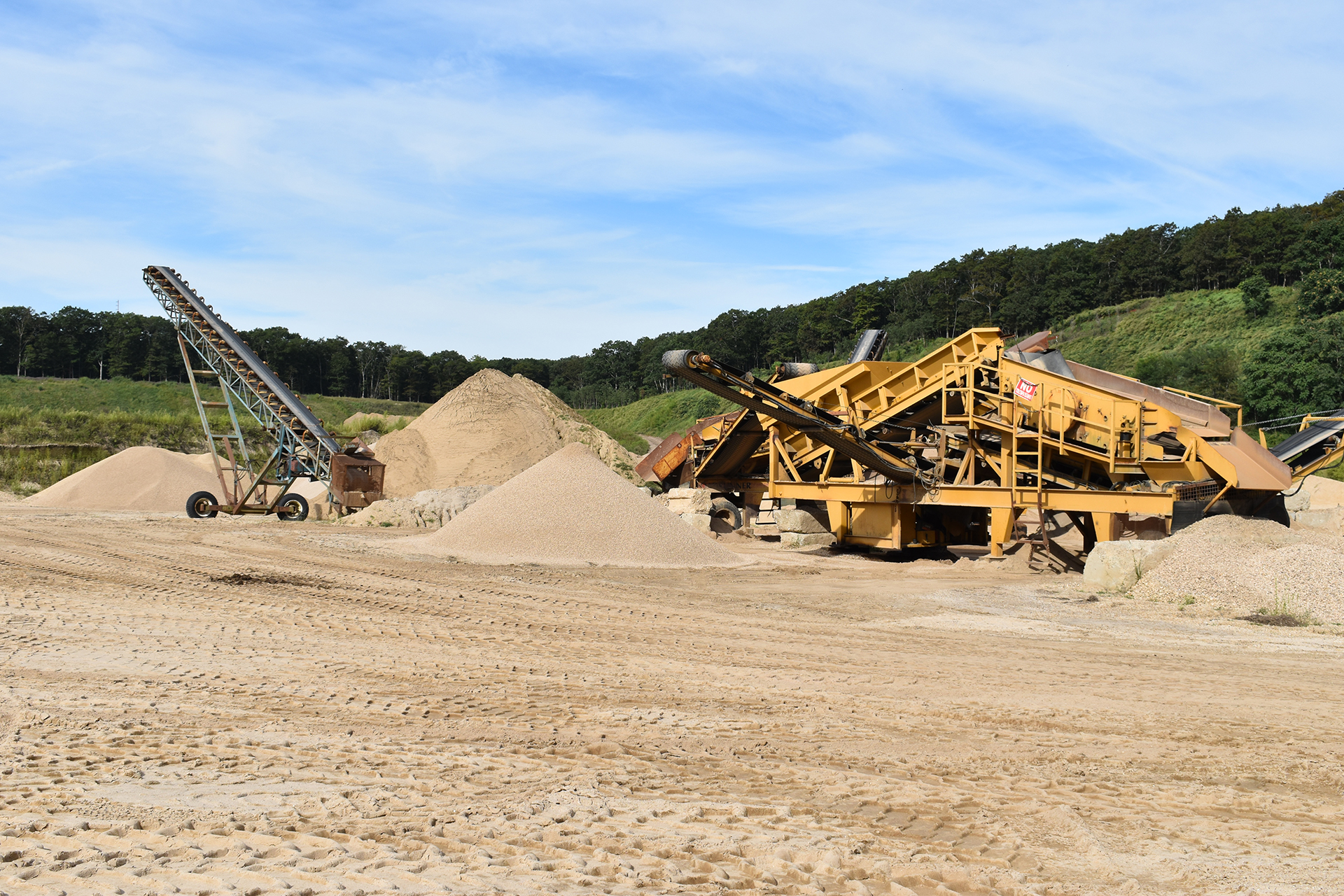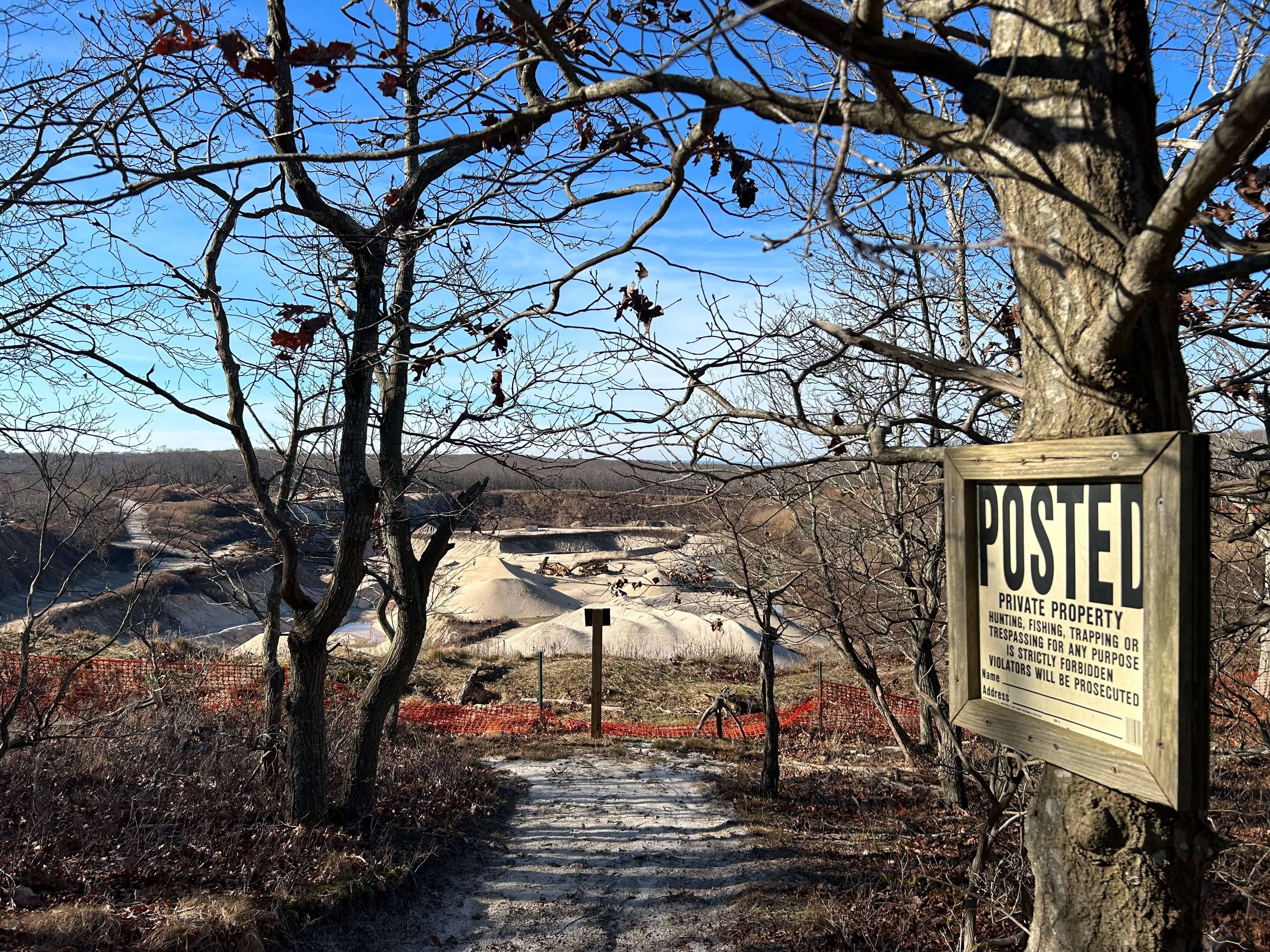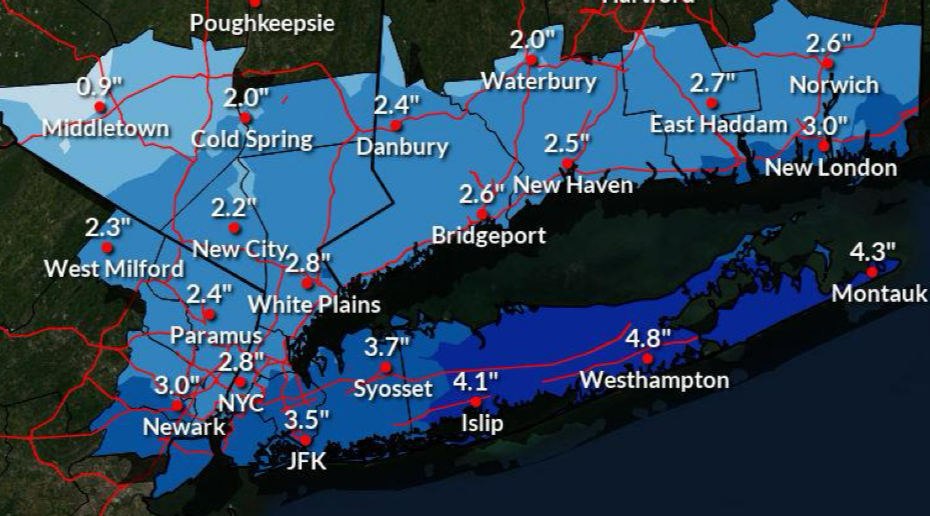Mine Mandates: DEC Aims to Revise State Regulations Governing Sand Mining

The future of Long Island’s sand mining industry may soon face a new test from its regulators in Albany as East End lawmakers aim to phase out some sand mines.
The New York State’s Department of Environmental Conservation (DEC) recently revealed on its mining website that it intends to overhaul various regulations governing sand mining across the state, which dictate everything from permitting and mining plans to enforcement procedures. The proposed changes, broadly outlined in the agency’s 2025 regulatory agenda, “reflect changes in scientific knowledge,” and are meant to both strengthen and clarify portions of the existing rules on the books.
The proposed changes are also meant to bring the state’s mining operations in compliance with several climate-related laws New York has passed in the last decade-plus including the 2019 Climate Leadership and Community Protection Act. The DEC’s agenda notes that it intends to propose the regulatory amendments as one package.
The DEC declined to answer various questions regarding the revisions from Dan’s Papers, including how long it intends to spend on the revision process and how the revisions may affect Long Island’s sand mining industry in particular. The DEC also declined to make officials available for comment on the revisions.
“As part of the rule making process, the proposed revised regulations will be published in the Environmental Notice Bulletin for public feedback and input,” a DEC spokesperson told Dan’s Papers.
A source with knowledge of the situation said it is unclear whether the agency’s mining group will get to the mining regulations by the end of 2025, given other policy areas on the regulatory agenda currently being undertaken.

The move to overhaul the state’s mining regulations comes less than a year after Dan’s Papers reported on a years-long pattern of oversight lapses and checkered decision-making history by the DEC toward Long Island’s sand mining industry. Those shortcomings have seen various mine owners commit repeated environmental violations with inspectors flagging over 100 issues across Long Island’s roughly 20 remaining sand mines from 2019 through 2024 — something various experts maintained poses a risk to the region’s sole source aquifer.
Among the most notable changes to the books the DEC aims to make include expanded sections on “water resource protection,” “dust control,” “noise control,” and “visual pollution,” along with an amended section specific to enforcement.
Other changes would allow the agency to file a mining termination notice if renewal applications for permits are not received within 30 days of expiring and adding more specific requirements for different types of mining applications.
Another change would require financial institutions to meet “additional requirements” in order to issue “financial security instruments” to mines. Some of those instruments, like bonds, are required for all mines in New York to maintain, as they constitute the total cost it would take for the state to return a mine to functional use if the owner walked away.
In several other states, stringent control over instruments like bonds can become a crucial point of regulatory leverage for state mining authorities, since the revoking of a permit would mean the bond is forfeited.
The scope of, and ability to enforce, any of these new potential regulations remains an open question. It will be especially crucial on Long Island, where sand mining has a lengthy and contentious history.
Popularized because of the sand’s use in making cement for local and regional construction projects over the last century, sand mining has also more recently been used to address beach erosion on the southern half of the Island. While the state controls mine permitting and enforcement on Long Island, the region has its own carveout in state law allowing towns to determine if new mining is allowed through local zoning laws. There are roughly 20 sand mines left on Long Island today, with the entirety scattered throughout Suffolk County, many of them on the East End.
Over much of the last decade, environmentalists and locals in Suffolk have largely been pitted against both the DEC and the sand mining industry. Those against continued mining cite perceived failures to safeguard the aquifer and the flaunting of regulations by mining owners. Meanwhile, the industry and its lobbyists have argued that ending mining would result in higher shipping and construction costs and additional truck traffic in the region.
The Town of Southampton in particular has become a hotbed in the broader fight around sand mining on Long Island. In April, the town passed a law to phase out nonconforming sand mines in residential districts, which would place several sites on a path to shut down within seven years or less, depending on how much sand has already been excavated. A suit against the law, filed in May, remains ongoing in New York State Supreme Court.
The DEC also continues to undertake a quarterly groundwater sampling study at four of Long Island’s sand mines, which began in mid-2023. The three-year project is expected to be completed in late 2026.
The DEC maintained to Dan’s Papers last year that protecting Long Island’s sole source aquifer remains a “top priority” for the agency.









